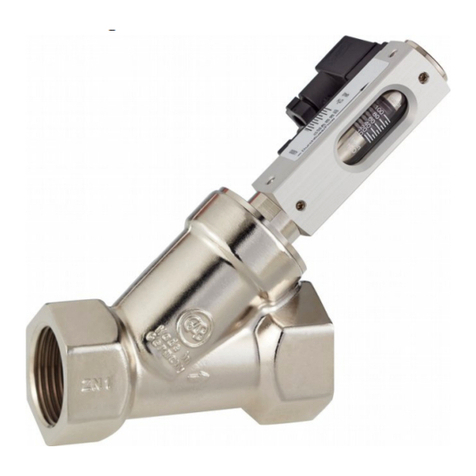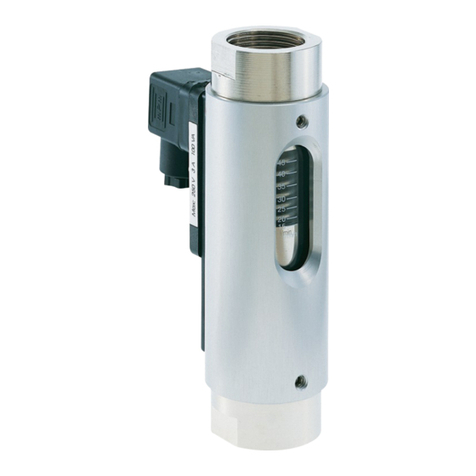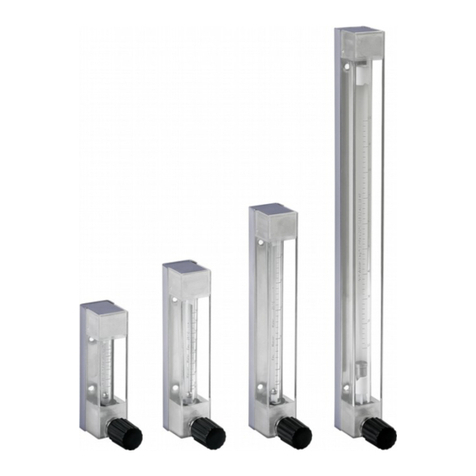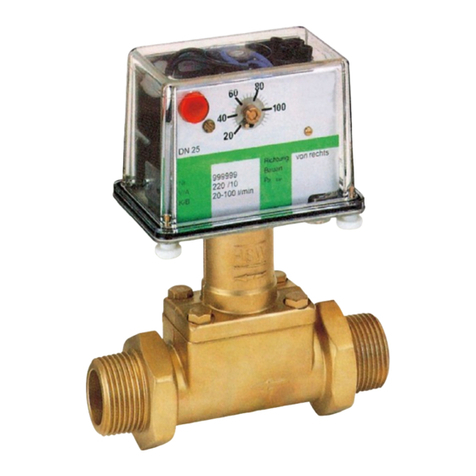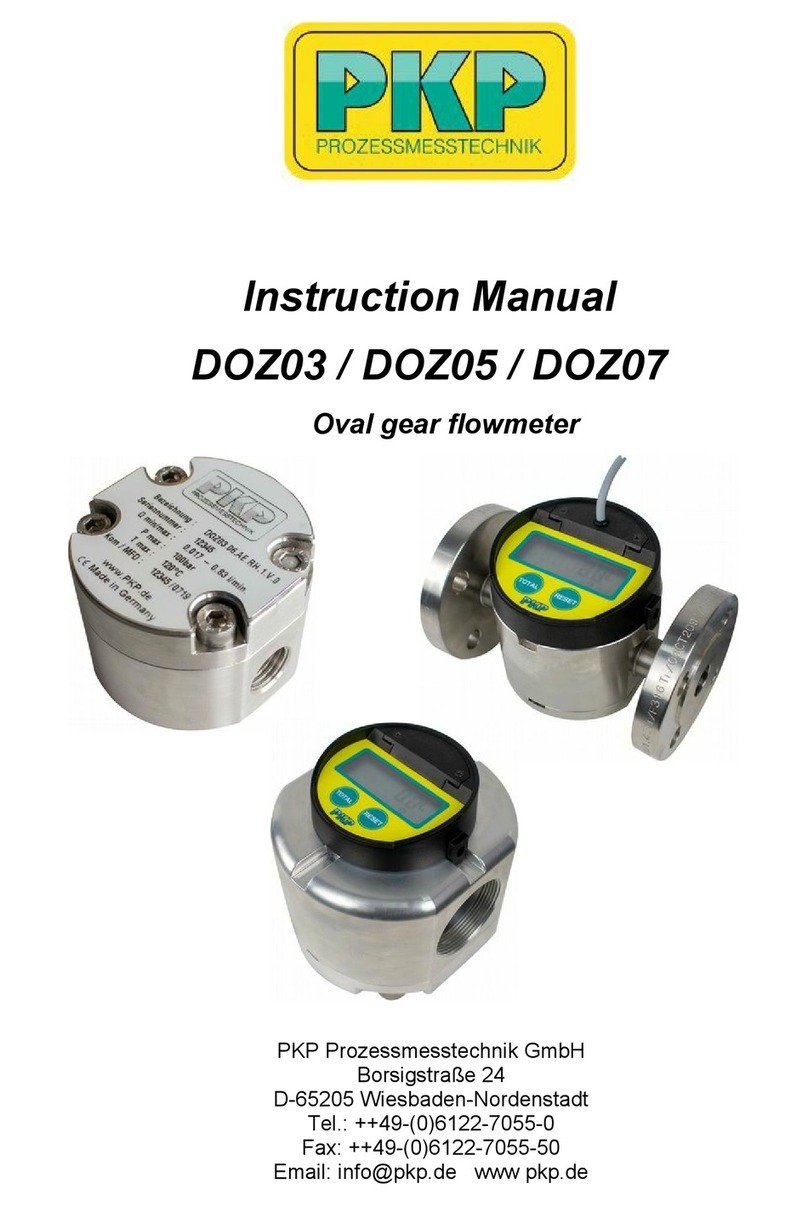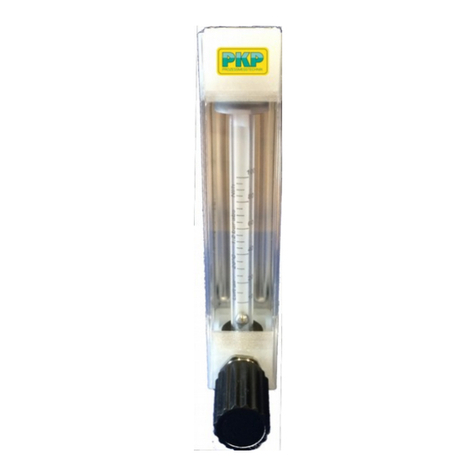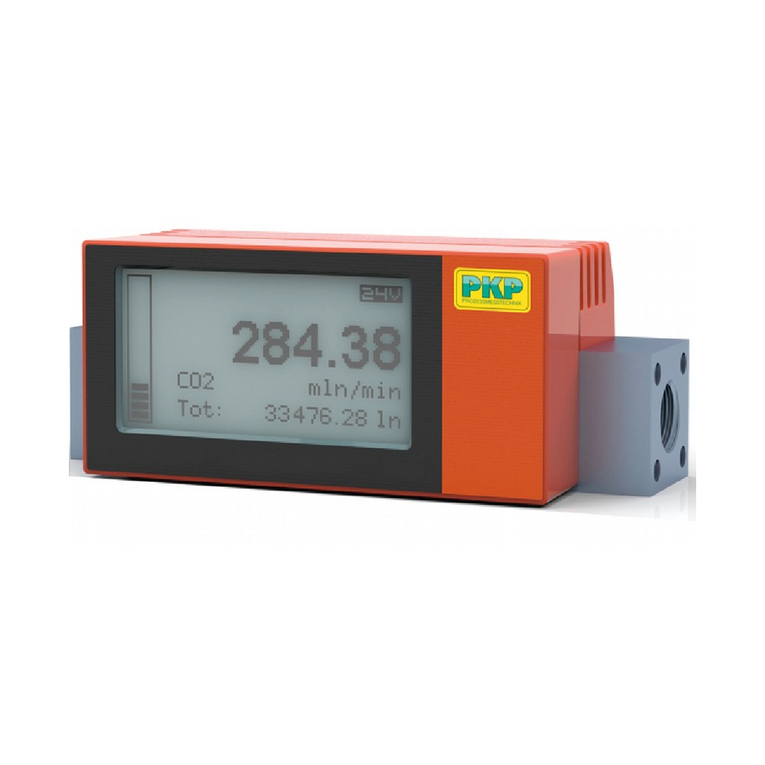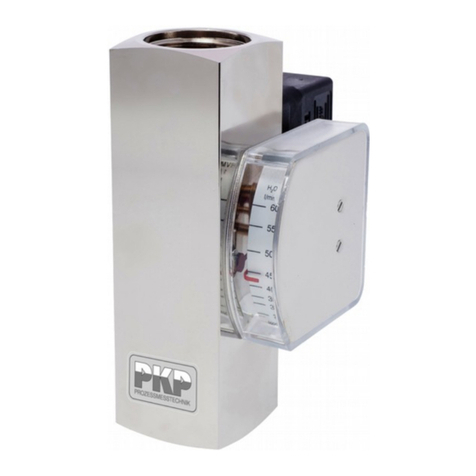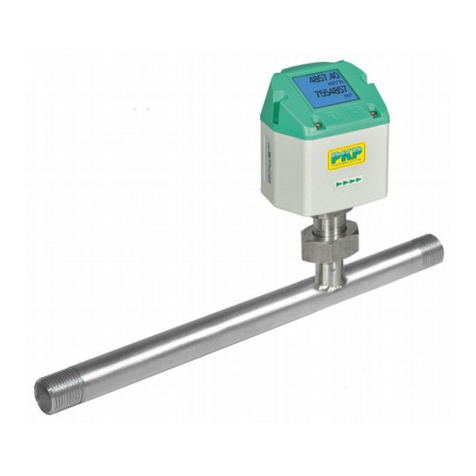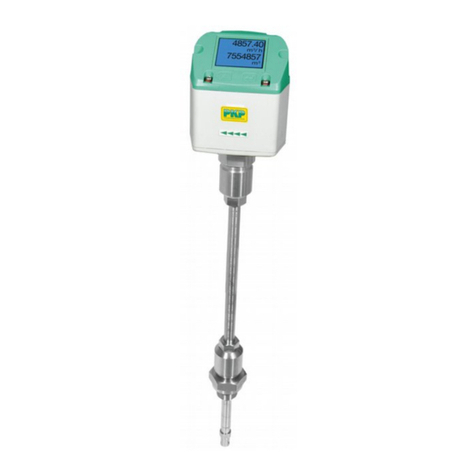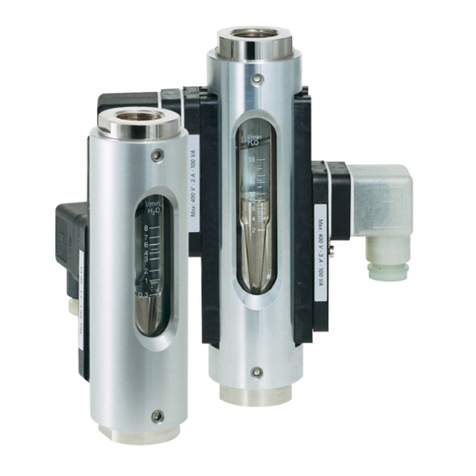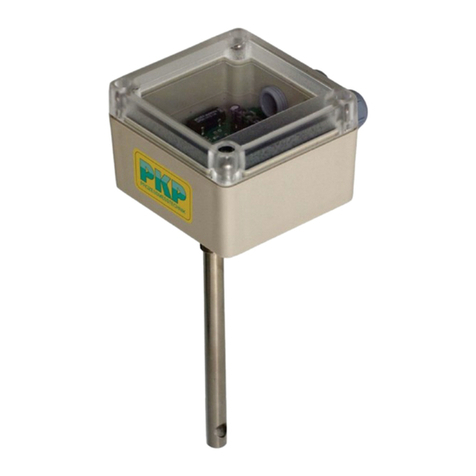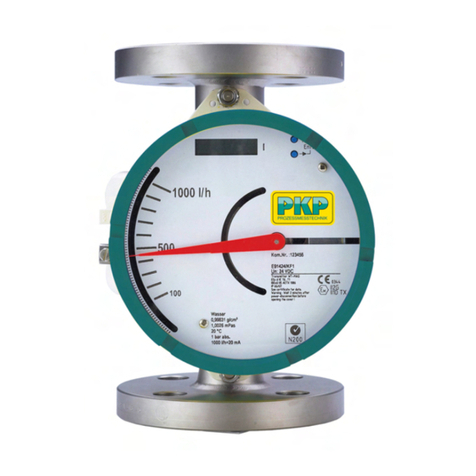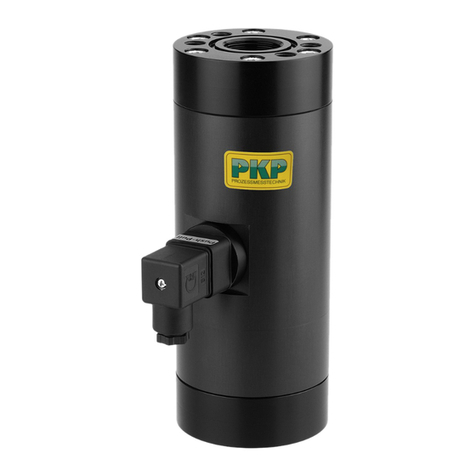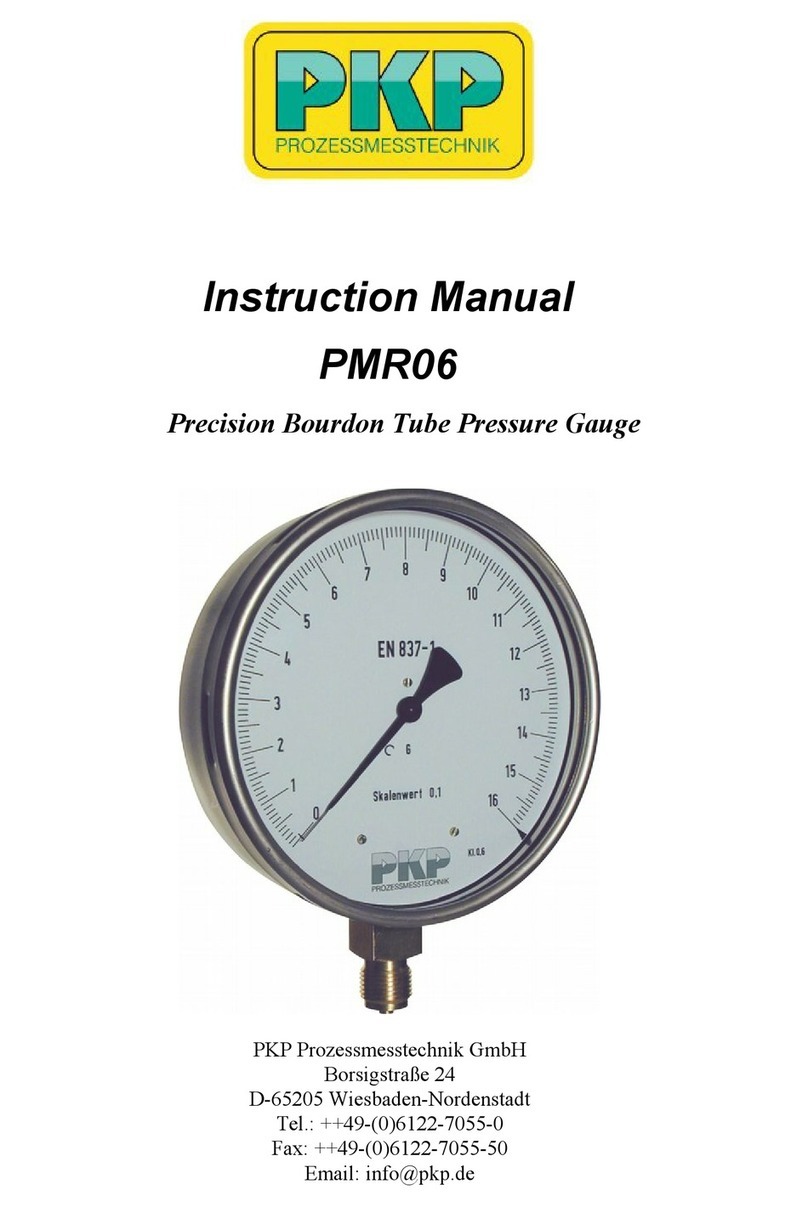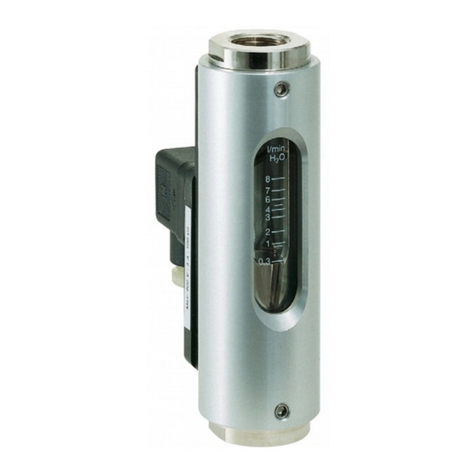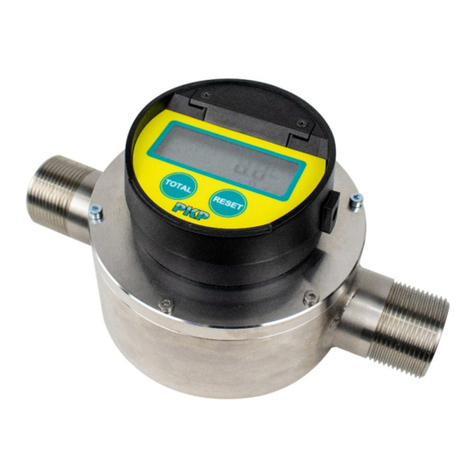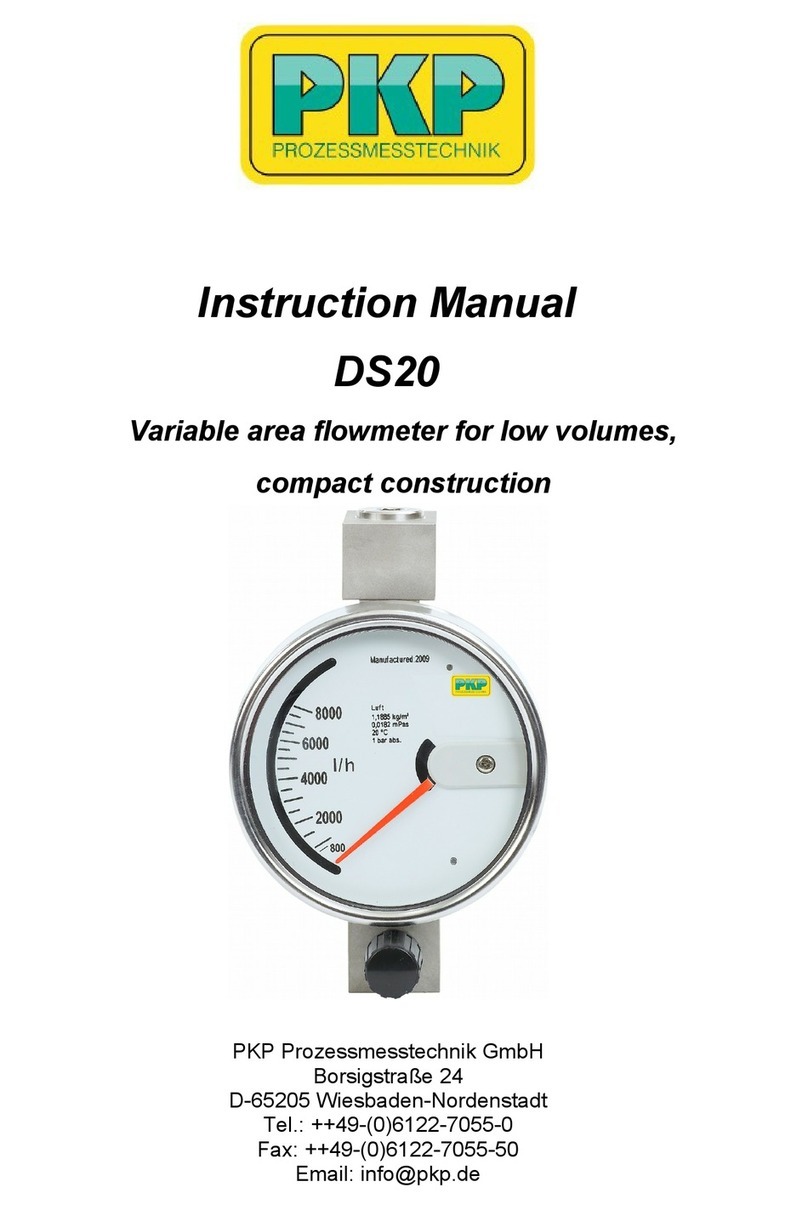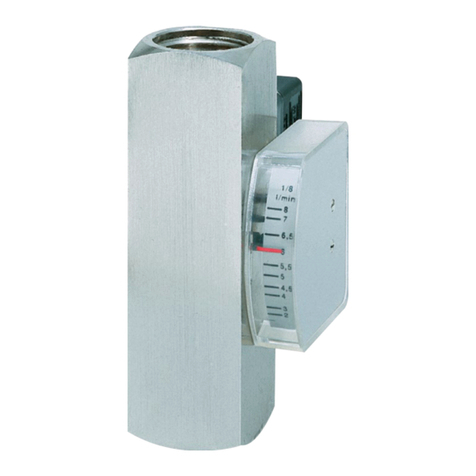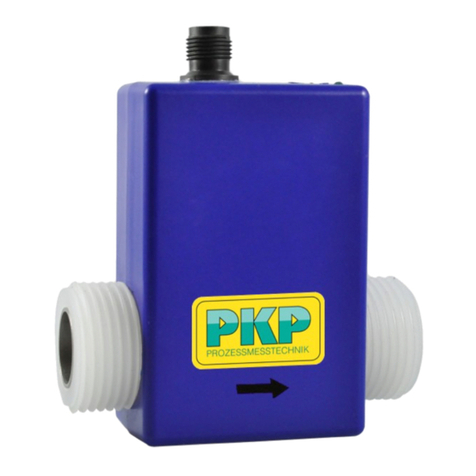
Table of contents page
1 About this operating manual........................................................................................................3
2 Device description.......................................................................................................................4
2.1 Delivery, unpacking and accessories.......................................................................................
2.2 Intended use.............................................................................................................................6
2.3 Exclusion of liability...................................................................................................................6
3 Safety instructions.......................................................................................................................7
4 Construction and function............................................................................................................8
4.1 Construction..............................................................................................................................8
4.2 Measuring principle...................................................................................................................9
4.3 Functions..................................................................................................................................9
Installation of DM08.....................................................................................................................9
.1 Installation instructions display electronics.............................................................................10
.2 Instructions on potential equalisation and cathode protection...............................................11
.2.1 Potential equalisation..........................................................................................................11
.2.2 Cathodic protectives............................................................................................................13
.3 Sensor installation instructions...............................................................................................13
.4 Mounting.................................................................................................................................16
6 Electrical connection..................................................................................................................17
6.1 Mains and signal cable...........................................................................................................18
6.2 Electrode and magnetic current line.......................................................................................20
7 Commissioning..........................................................................................................................21
8 Operation...................................................................................................................................22
8.1 Functional classes (main menu).............................................................................................26
8.1.1 Measured values.................................................................................................................27
8.1.2 Password.............................................................................................................................29
8.1.3 Totalizer...............................................................................................................................31
8.1.4 Measurement processing....................................................................................................32
8.1. Flow.....................................................................................................................................33
8.1.6 Pulse output.........................................................................................................................36
8.1.7 Status output........................................................................................................................38
8.1.8 Current output......................................................................................................................39
8.1.9 Simulation............................................................................................................................40
8.1.10 Self-test..............................................................................................................................42
8.1.11 Settings Sensor.................................................................................................................44
9 Errors and returns......................................................................................................................48
9.1 System errors.........................................................................................................................48
9.2 Self-test errors........................................................................................................................49
9.3 Return shipment to the manufacturer..................................................................................... 0
10 Cleaning, maintenance, storage.............................................................................................. 1
10.1 Cleaning................................................................................................................................ 1
10.2 Maintenance......................................................................................................................... 1
10.3 Storage................................................................................................................................. 2
11 Disassembly and disposal....................................................................................................... 2
12 Technical data......................................................................................................................... 3
12.1 Characteristics of the DM08................................................................................................. 3
12.2 Materials...............................................................................................................................
12.3 Dimensions and weights....................................................................................................... 6
12.3.1 Compact device................................................................................................................. 6
Please keep this operating manual for future reference.
If the device is resold, please provide the operating manual along with it.












